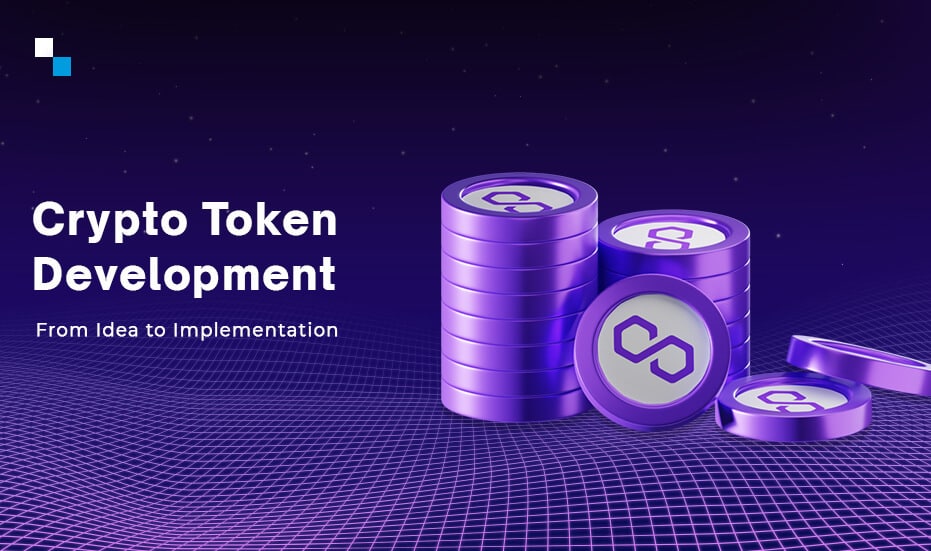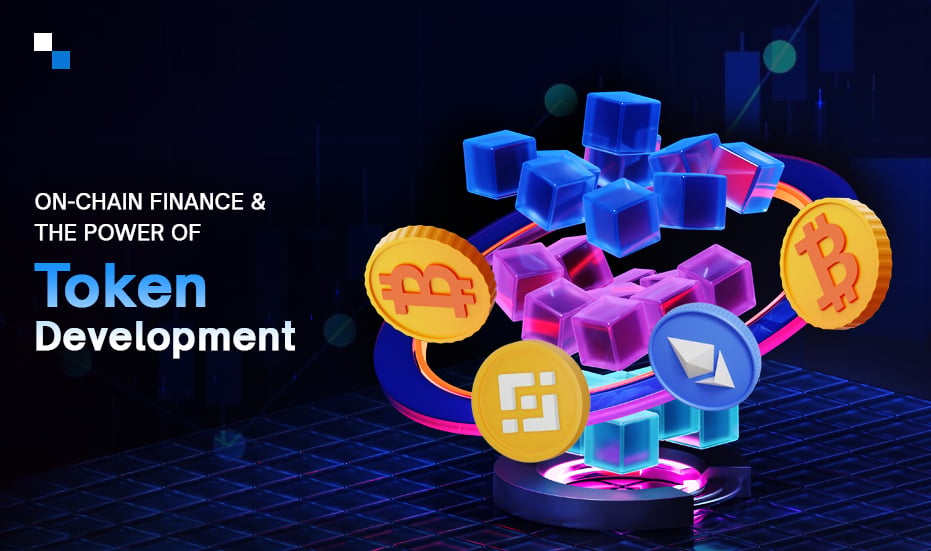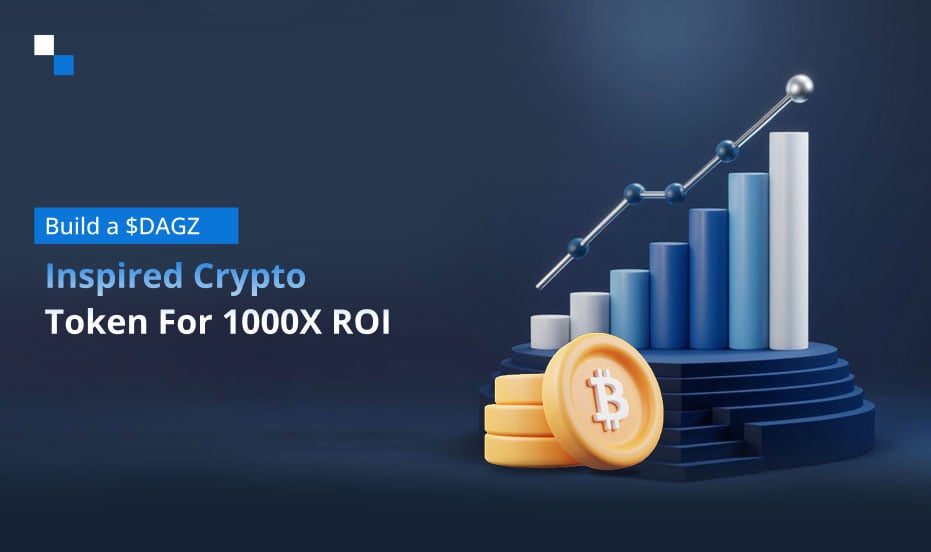Companies in retail, media, entertainment, gaming, and financial services, among other sectors, are tapping into opportunities in the Web 3 space, such as token development. Banks, financial institutions, and asset managers are intrigued by the potential of tokenization. According to analysts, tokenization could grow to $4 trillion in value by 2030.
However, apart from the huge potential of token development, what has contributed to its popularity?
Why Token Development?
Tokenization enables the creation of tokens, which can include:
- Conventional tangible assets, such as commodities, artwork, and real estate;
- Financial assets, such as equities and bonds; and
- Non-tangible assets, such as digital art and intellectual property
When businesses leverage token development services to build any of these crypto tokens, they can unlock access to potential benefits of blockchain technology, like round-the-clock operations and quick settlement. In addition to these benefits, the following reasons serve as catalysts for token development.
1. High Liquidity
Token development enables businesses, or individuals looking to create a token, to fractionalize their assets, which means dividing the ownership into multiple parts. For example, if a business or an individual has land too high in value, and has less chance to be purchased by a single investor, then that individual or business can fractionalize their land and create tokens representing each fraction. This will make it easier for people to buy fractional shares of the land and hence lead to high liquidity.
2. Operational Cost Savings
Token development services enable access to asset programmability, which is another significant benefit of creating a token, especially for asset classes where the issuing of assets is a manual process, often beset with human errors and multiple intermediaries. For example, corporate bonds comprise a bespoke structure, inaccurate interest calculations, and distribution of payments.
These operations can be embedded into a token’s smart contract, as a part of token development services. This can not only automate processes but also make them cost-efficient. Over time, the programmability of digital assets can enable asset managers to automatically rebalance their portfolios in real time.
3. Better Transparency, Auditability, and Compliance
The existing compliance systems count on manual checks and analysis. Token development can empower businesses to automate these checks by embedding compliance-related actions, such as restrictions to transfer tokens, into tokenized assets. In addition, the round-the-clock data availability of the system can facilitate immutable recordkeeping, consolidated reporting, and auditable accounting.
How to Build a Crypto Token?
The process of token development involves different steps, which include the following.
1. Tokenomics
First things first. It is important to find out the specifications of the token, which include:
- Name of the token: Such as Bitcoin and Ethereum
- Ticker Symbol: A ticker symbol is a mixture of letters that represent tokens on different exchanges and other platforms. For example, the ticker symbols of Bitcoin and Ethereum are BTC and ETH respectively.
- Token distribution: Decide how you would like to distribute your tokens, which means how many tokens would be in circulation, how many will be reserved for the developers, how many will be reserved as rewards, and so on.
2. Blockchain
After the tokenomics have been decided, it is crucial to determine which blockchain will be used to build the tokens. The popular blockchains for token development include Ethereum, Polygon, and Solana.
Each of these blockchains has its own features, and thus its own set of pros and cons.
The following table represents the difference between Ethereum, Polygon, and Solana blockchains that can help potential token issuers make the right decisions based on their use case.
|
Criteria |
Ethereum | Polygon |
Solana |
| Transaction speed | 20-30 transactions per second | 50,000 – 65,000 transactions per second | 65,000 transactions per second |
| Consensus mechanism | Proof of work | Proof of work and proof of history | Proof of stake |
| Scalability | Limited scalability | High-performance protocol for scalability | Multi chain solutions for better scalability |
| Transaction fees and gas prices | High | Low (few cents) | Low |
| Smart contract languages | Solidity | Rust, C, C++ |
Solidity, Golang, Vyper |
For those who prefer security and features, Ethereum is the right option. However, for those looking for affordability and higher speeds, it is better to connect with a Solana or Polygon token development company.
3. Codification of the Contract
Based on the blockchain chosen for token development, the smart contract is created in its respective language. For example, if you choose to build a token on the Polygon blockchain, your Polygon token development company will create the smart contract in Rust, C, or C++.
4. Testing on a Testnet
After the token is created, it is tested for any bugs or errors on a testnet. This is when processes like token buying and token distribution are simulated to ensure everything works as desired. Any errors identified are troubleshooted during this phase.
5. Deployment on Mainnet
The final step of token development is deployment on the Mainnet. This is when token transactions are being broadcasted, verified, and recorded on the blockchain.
Why Antier for Token Development?
At Antier, we have a team of seasoned token development professionals, who offer a full spectrum of services – from consultation and design to development, deployment, and marketing – to help you successfully launch your token into the market. Whether you want to build a utility token, a security token, or a non-fungible token, we offer customized token development services and follow a coherent roadmap to smoothly navigate your development process.
Here’s one of our success stories: GUS.Money. Yours could be next!





